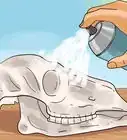wikiHow is a “wiki,” similar to Wikipedia, which means that many of our articles are co-written by multiple authors. To create this article, 23 people, some anonymous, worked to edit and improve it over time.
There are 7 references cited in this article, which can be found at the bottom of the page.
This article has been viewed 252,668 times.
Learn more...
Crafts makers may find "milk-stone" great, inexpensive fun. Have fun with plastic/stone. Called Galalith, galalithite, or Erinoid (in UK) or "milk stone", invented in 1898 and used up through the 1930s as plastic or stone to make buttons, jewelry, home or office accessories. This natural polymer paste, plastic has many good qualities: it is simple, nontoxic, once hardened: anti-allergenic, biodegradable, antistatic.
Steps
-
1Measure a cup of nonfat milk into a pan (could make butter from raw whole-milk, then use the whey for this project) to experiment with and warm it until it is simmering; stir to avoid scorching; allow a little foaming around the edges. Avoid excess foaming from overheating. Or, warm it in a bowl in a microwave simmering (start lower and add more time, up to about two minutes, as necessary depending on your microwave).[1]
-
2Pour in 1 tablespoon of vinegar using measuring spoon, stir and wait for the reaction. What is happening is that the acid in the vinegar (5% ascetic acid) is reacting with substances in the milk.Advertisement
-
3Add foil strips or other decorative material to the batch while stirring it.
-
4Add dye, for streaking it in the wet casein plastic (stone) or can dye surface later.[2]
- Or, stir in thoroughly for consistent coloring.
-
5Cool it carefully to be comfortable to the touch: Avoid touching or splashing the material or container while it is hot.
-
6Strain slowly to separate the coagulated, curdled-milk/casein out of the liquid (milk-whey), using a colander (do not press into colander) or such. Strain the liquid twice or more if needed (Use enough vinegar, or this would be edible cheese and whey, using just a few drops of non-toxic acidic materials).[3]
-
7Dump the soggy casein onto paper or smooth kitchen toweling, or such (not terry cloth).
- casein - ca·sein (kā'sēn', -sē-ĭn) n. A white, tasteless, odorless protein precipitated from cow's milk that is the basis of cheese "and is used to make plastics, adhesives, paints, and foods".[4]
-
8Fold towel and blot excess liquid. Squeeze gently.[5]
-
9Unfold, unwrap and place the curd on an appropriate paper/wax paper and place it to dry -- perhaps cover it with an open weave cloth to keep out dust and debris.
-
10Allow the plastic (casein) to dry for a few days. This plastic is thermoset, not thermal, ie: will not dissolve due to heating.
-
11Shape/Mold it by drying in some kind of form, such as a bottle cap, for its basic shape or dry it in sheets, rod form or in other forms. It could be dried in the basic shape of jewelry and finished later.
Dye the plastic surface by dipping or streaking it with dyes or dye could have been added in the making the wet casein plastic(s) and streak two or more colors, etc.: color throughout, in streaks or only absorbed into the dried stone.
Work the material when dry: It tends to warp while drying. It is brittle, does not bend once dry.
Re-shape and finish milk-stone: carving, etching, cutting, sanding, drilling, polishing, etc. to make your item.
Make milk-stone crafts and products: buttons, jewelry, home, bathroom or office accessories. -
12Harden the plastic (optional) when dry by immersing it in formaldehyde and re-drying it. This is a porous material so, it goes more than surface deep.
- This strengthens it, gives resistance to scratching and longer wear.
-
13Caution: Use adequate ventilation as formaldehyde is a known carcinogenic substance; so do not breath its vapors, protect your skin, and eyes, etc. If it is contacted, wash off affected area, ie: flush eyes for fifteen (15) minutes if splashed or contact is in eyes. If swallowed contact your medical authority for what to do, such as the Center for Poison Control for information. [6]
-
14Finished.
Community Q&A
-
QuestionCan I use this for my Science Investigatory Project?
 Community AnswerYes, but be sure to explain thoroughly how it works.
Community AnswerYes, but be sure to explain thoroughly how it works. -
QuestionWill the product spoil?
 Kicky RickyCommunity AnswerCasein is a protein mixture that acts like plastic if isolated. While it is dry there is a longer decomposition period, but like all biological substances with complicated molecular structure, it will lose some of its initial characteristics, and will be attacked by decomposing bacteria after a while.
Kicky RickyCommunity AnswerCasein is a protein mixture that acts like plastic if isolated. While it is dry there is a longer decomposition period, but like all biological substances with complicated molecular structure, it will lose some of its initial characteristics, and will be attacked by decomposing bacteria after a while. -
QuestionHow do you make it shiny like in the picture?
 Community AnswerThe milk stone in the pictures here is not shiny. However, you could try painting it with clear nail polish or using a clear enamel from a craft store.
Community AnswerThe milk stone in the pictures here is not shiny. However, you could try painting it with clear nail polish or using a clear enamel from a craft store.
Warnings
- Be careful with heating and with the heated materials.⧼thumbs_response⧽
- Formaldehyde is harmful but not uncommon as was long used for preserving lab specimens of earth worms and animals for dissecting in biology and other labs.⧼thumbs_response⧽
- Formaldehyde may cause cancer and respiratory problems [8]⧼thumbs_response⧽
Things That You'll Need
- Measuring cup
- Measuring/stirring spoon
- Milk (nonfat, fat free, skimmed)
- Plain vinegar
- Pan, or bowl
- Paper or smooth cloth towel
- Heating source
- Drying place
- Formaldehyde (Optional)
- Dyes (Optional)
- Pieces and strands of decorative material to add (Optional)
References
- ↑ instructables.com -- Make Homemade Plastic
- ↑ https://frugalfun4boys.com/make-your-own-plastic-out-of-vinegar-and-milk/
- ↑ https://www.ikkaro.net/galalith/
- ↑ casein - based on The American Heritage® Stedman's Medical Dictionary Copyright © 2002, 2001, 1995 by Houghton Mifflin Company.
- ↑ https://www.youtube.com/watch?v=akhs3wcSDGA
- ↑ https://www.osha.gov/SLTC/formaldehyde/hazards.html
- ↑ Wikipedia.org -- Galalith (called "Erinoid" in the United Kingdom)
- ↑ https://www.osha.gov/SLTC/formaldehyde/hazards.html
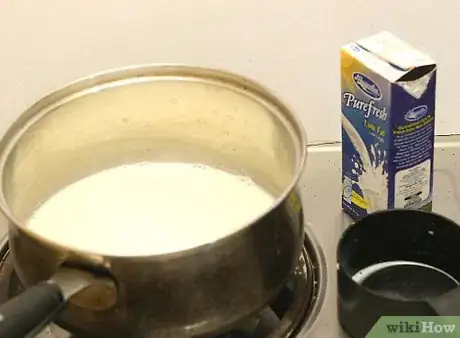
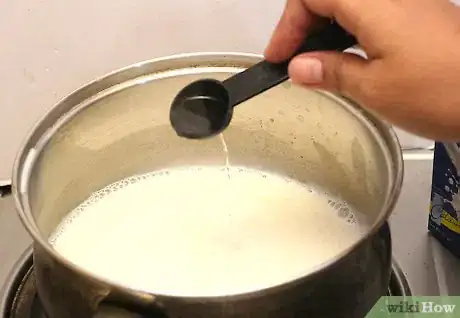
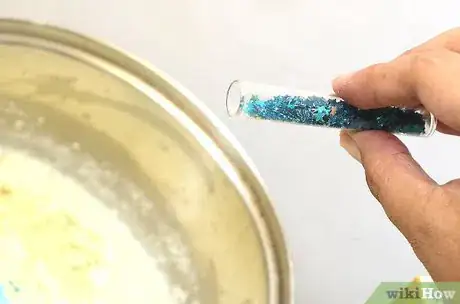
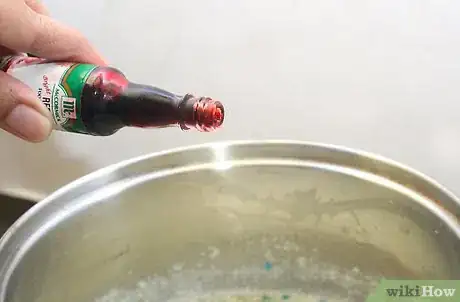
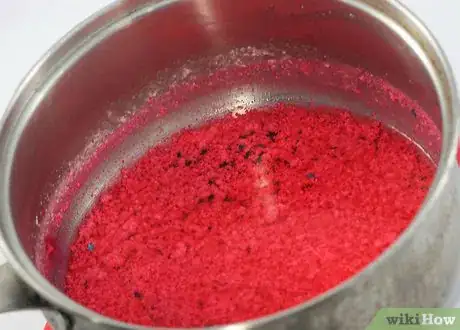
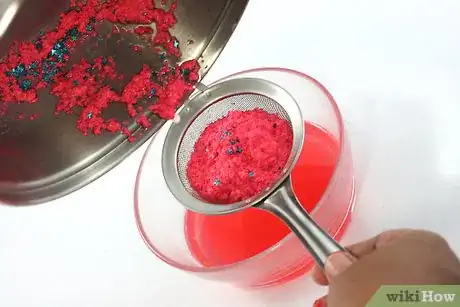
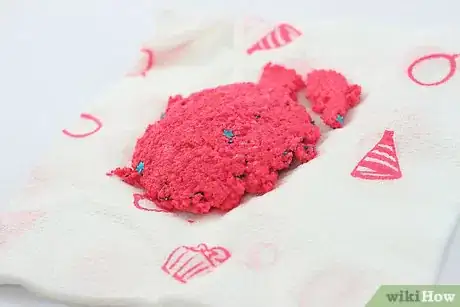
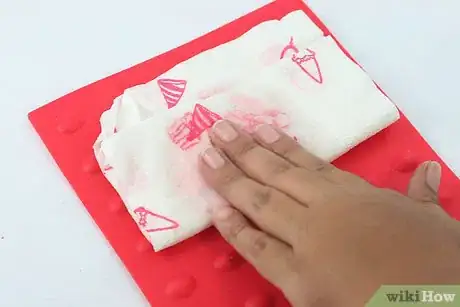
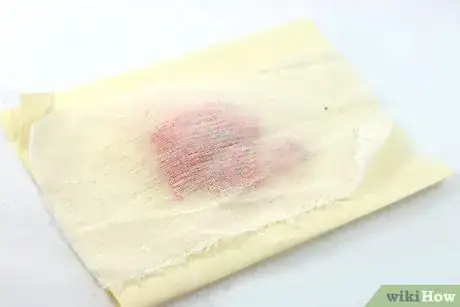

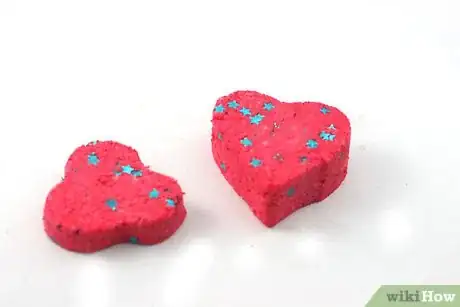
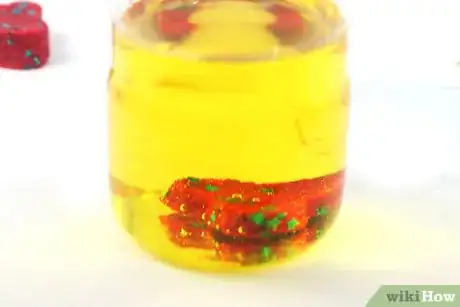
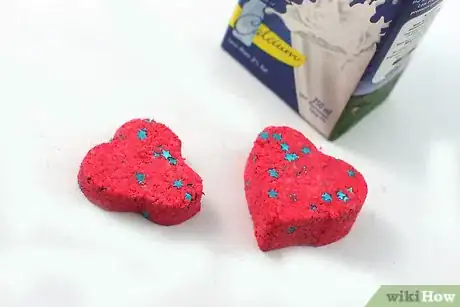
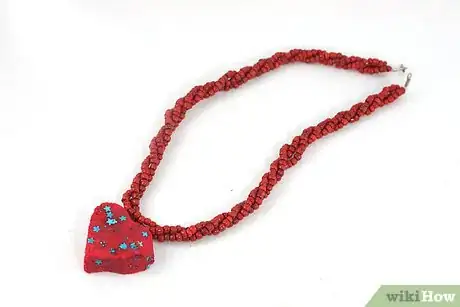
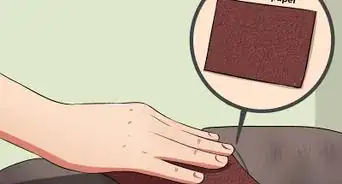
-Step-11.webp)


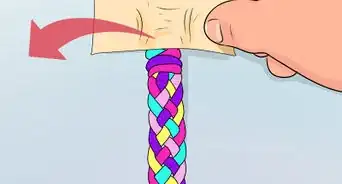
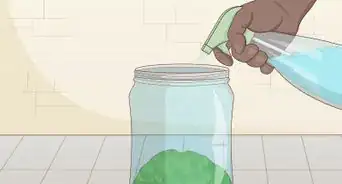









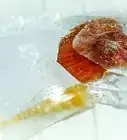
-Step-11.webp)
